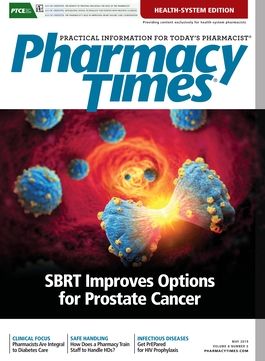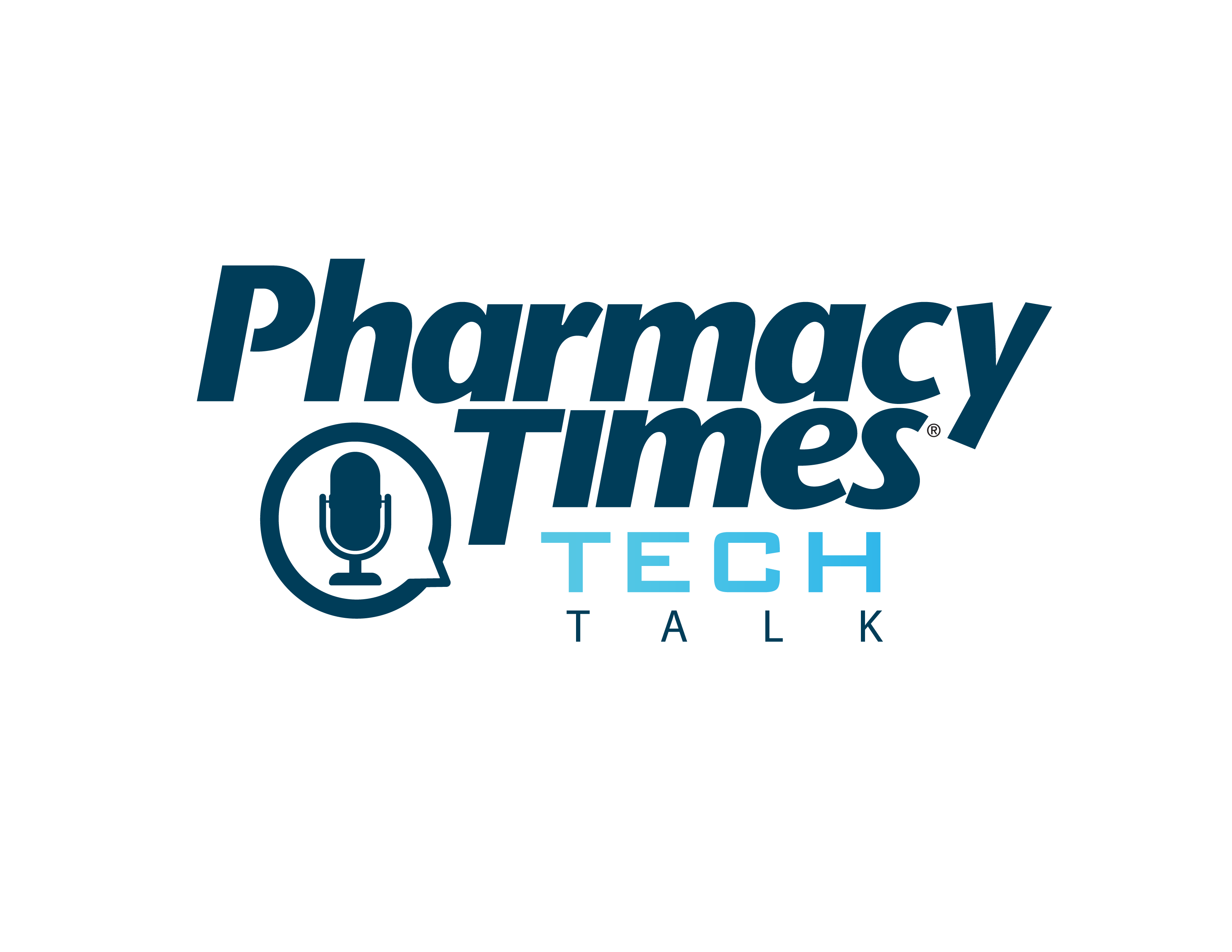Publication
Article
Pharmacy Practice in Focus: Health Systems
How Does a Pharmacy Train Staff to Handle HDs?
Author(s):
USP Encompasses Training, Assessment, and Standard Operating Procedures to Ensure Personnel Are Properly Prepared
United States Pharmacopeia (usp)general chapter <800> (“Hazardous Drugs— Handling in Healthcare Settings”) describes standards for the safe handling of hazardous drugs (HDs), including the use of engineering controls, personal protective equipment (PPE), and safe work practices. HDs are defined as those on the National Institute for Occupational Safety and Health (NIOSH) List of Antineoplastic and Other Hazardous Drugs in Healthcare Settings.
USP <800> requires that all personnel who handle HDs be trained based on their job functions before independently handling HDs and that the effectiveness of training be demonstrated. Personnel competency must also be reassessed at least every 12 months, and employees must be trained prior to the introduction of new equipment or a new HD and prior to a new or significant change in process or standard operating procedure (SOP). All training and competency assessments must be documented as well.
The chapter also mandates that training include at least the following areas:
- Overview of entity’s list of HDs and their risks
- Proper disposal of HDs and trace-contaminated materials
- Proper use of equipment and devices (eg, engineering controls)
- Proper use of PPE
- Response to known or suspected HD exposure
- Review of the entity’s SOPs regarding handling of HDs
- Spill management
In addition, USP <800> requires policies and procedures that ensure worker safety during all aspects of HD handling. SOPs for handling HDs should include, as applicable:
- Administering
- Compounding
- Deactivation, decontamination, cleaning, and disinfection
- Designation of HD areas
- Dispensing
- Disposal
- Environmental monitoring (eg, wipe sampling)
- Hand hygiene and use of PPE based on activity (eg, receipt, transport, compounding, administration, spill, and disposal)
- Hazard communication program
- Medical surveillance
- Occupational safety program
- Receipt
- Spill control
- Storage
- Transport
- Use and maintenance of proper engineering controls
When developing SOPs and personnel training and competency programs, start by identifying each HD handling activity performed within a facility. HD handling activities may include receipt, storage, compounding, dispensing, transport, administration, and disposal of HD waste. Consider environmental protection and patient and worker safety. For each HD handling activity, define the activity, the location where the activity will be performed, and any requirements for environmental monitoring, such as humidity and temperature. Include who is permitted to perform the activity, what training is needed, and how competency will be assessed. Also include PPE and hand hygiene requirements and cleaning procedures for each HD handling activity and location. USP <800> does not explicitly state all PPE requirements. Refer to table 5 on the NIOSH list for PPE recommendations by activity. For cleaning procedures, include deactivation, decontamination, cleaning, disinfection, frequency of activities, what agents to use, any dilution required, contact or dwell time, and documentation requirements.
SOPs and personnel training and competency programs must include how HDs will be received and unpacked. Describe the process, including the use of a tiered approach, starting with visual examination of the shipping container. Do not forget to detail how damaged packages will be handled and where the spill kit will be located. USP <800> indicates that PPE, including chemotherapy gloves, must be worn, so be sure to train personnel on exactly what to wear. Describe the process for moving HDs from the receiving area to the storage area. HDs must be stored in a manner that prevents spillage or breakage if the container falls.
Training and competency assessments specific to com- pounding must follow not only the requirements in USP <800> but also other appropriate USP standards for compounding, including those in chapter <795> for nonsterile compounding and chapter <797> for sterile compounding. Personnel must also be trained and pass competency assessments on the use, maintenance, and cleaning of each piece of equipment, as well as receive training regarding proper labeling, transport, stor- age, and disposal of HDs and use of safety data sheets based on the Globally Harmonized System of Classification and Labelling of Chemicals. All personnel who may be required to clean HD spills must receive proper training in spill management and the use of PPE and NIOSH-certified respirators. Personnel who transport, compound, or administer HDs must also document their training according to Occupational Safety and Health Administration standards and other applicable laws and regulations.
Brenda Jensen, CPhT, CNMT, MBA, is a consultant to sterile and nonsterile compounding pharmacies and an owner of Compounding Consultants, LLC, in Sioux Falls, South Dakota.
REFERENCE
USP general chapter <800> hazardous drugs—handling in healthcare settings. US Pharmacopeial Convention website. usp.org/compounding/general-chap- ter-hazardous-drugs-handling-healthcare. Accessed April 9, 2019.
Newsletter
Stay informed on drug updates, treatment guidelines, and pharmacy practice trends—subscribe to Pharmacy Times for weekly clinical insights.







